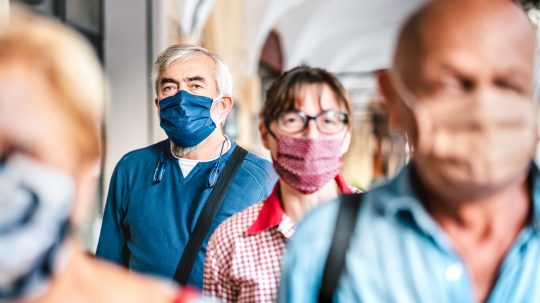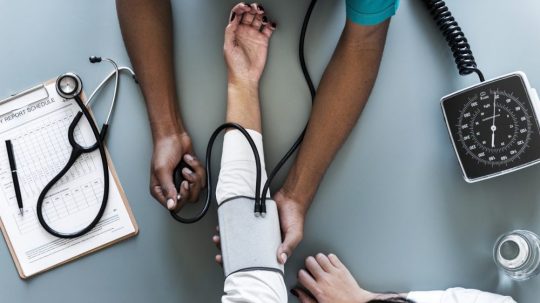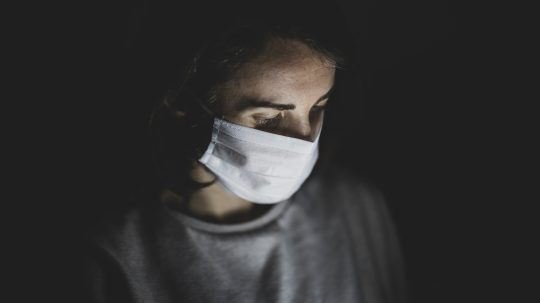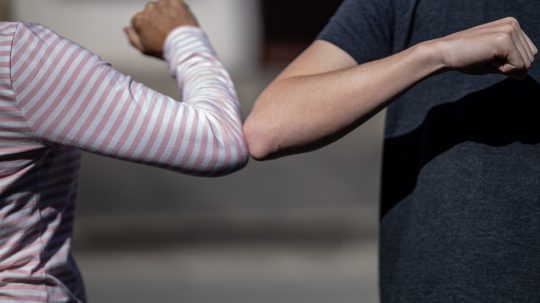Ceolta-Smith, who is also a member of the Long Covid Employment Support Group, said: “I think there’s just so many hidden expectations in the workplace by managers and colleagues that if you return to work, you’ll somehow be able to do what you did before, and probably what a lot of people did before becoming ill was work a lot of extra hours, especially in the NHS and education.”
Ceolta-Smith says that many workers with Long COVID need to work reduced hours, have the flexibility to work from home where possible and have access to extended phased returns to work.
“There needs to be more education and training for employers, particularly for line managers, human resources, and for employers to be more open about being flexible and creative,” she added. “There’s a whole range of things that can be implemented to help people back to work and they don’t necessarily have to be things that are very costly. Access to Work may be able to provide funding for this too.”
Hockaday found that an extended phased return enabled him to remain at work without compromising his Long COVID recovery.
“The best thing about the return to work plan was the buffer day off that the occupational health team suggested I take on a Wednesday,” he said. “This was a lifeline and meant that stress wasn’t able to build up over the course of the week. I was never far away from a rest day, whether that was a weekend or a Wednesday and I truly believe the longer two-month return to work plan has been a key reason as to why I have been able to return to work and make a lasting and sustainable contribution.”

Credit: Fusion Medical Animation / Unsplash
Ceolta-Smith advocates for employers to take a “creative” approach to assist workers with Long COVID to remain in work.
“What I would really like is for all employers to take note of the recommendations in occupational health reports, GP fit notes and access to work assessments and from occupational therapists involved in vocational rehabilitation,” she said. “Occupational therapists may also be using the AHP Health and Work report. I’d like employers to not see those reports as a tick-box exercise, but to really look at the advice and to be flexible and creative about implementing them.”
Employers have a responsibility to ensure that their workers are not pushing themselves to return to work before they are truly ready, especially in sectors that are accustomed to putting workers’ needs last.
While the government has updated sick leave and pay guidelines to include information on COVID-19, support is lacking for Long COVID patients
“Doctors, nurses and healthcare professionals will often put the care of patients ahead of themselves, so they will put patient safety first and not take sick leave unless they have to,” said Thompson. “But Long COVID is difficult because you can’t predict it. What I can do changes from week to week, day to day. Return to work for those with Long COVID needs understanding, often a long phased return period, with reduced hours and responsibilities, which responds quickly to changes in levels of fatigue. I was getting better until about eight weeks ago and then I got a new heart problem and now the fatigue is worse. Relapsing is a really common pattern with Long COVID.”
Ultimately, clear communication is a cornerstone for helping Long COVID patients successfully return to work.
“People need to be able to have open conversations with line managers, to create a well thought out return to work plan – but one that’s not written in stone: it needs to be regularly reviewed,” said Ceolta-Smith. “However, everything shouldn’t be at the discretion of the line manager: there should be clear company policies as well.”











